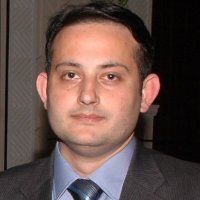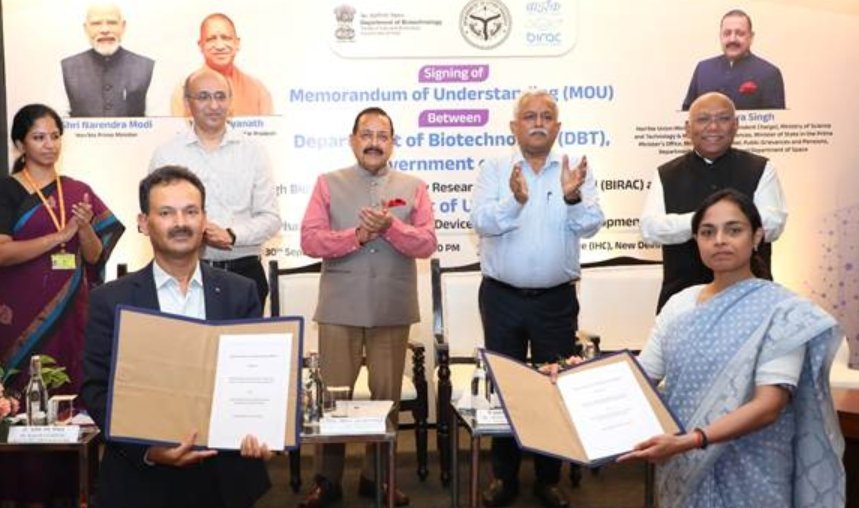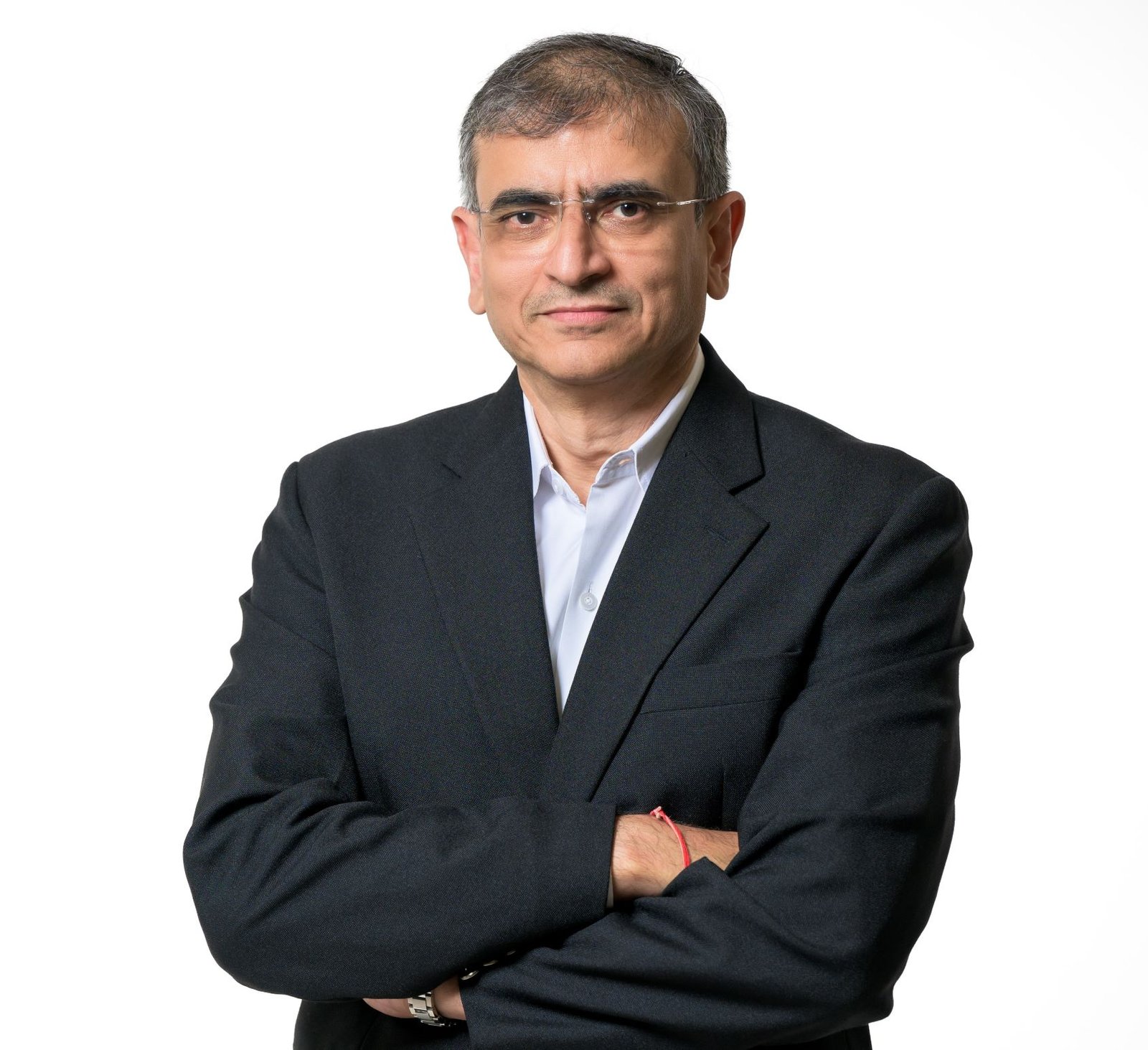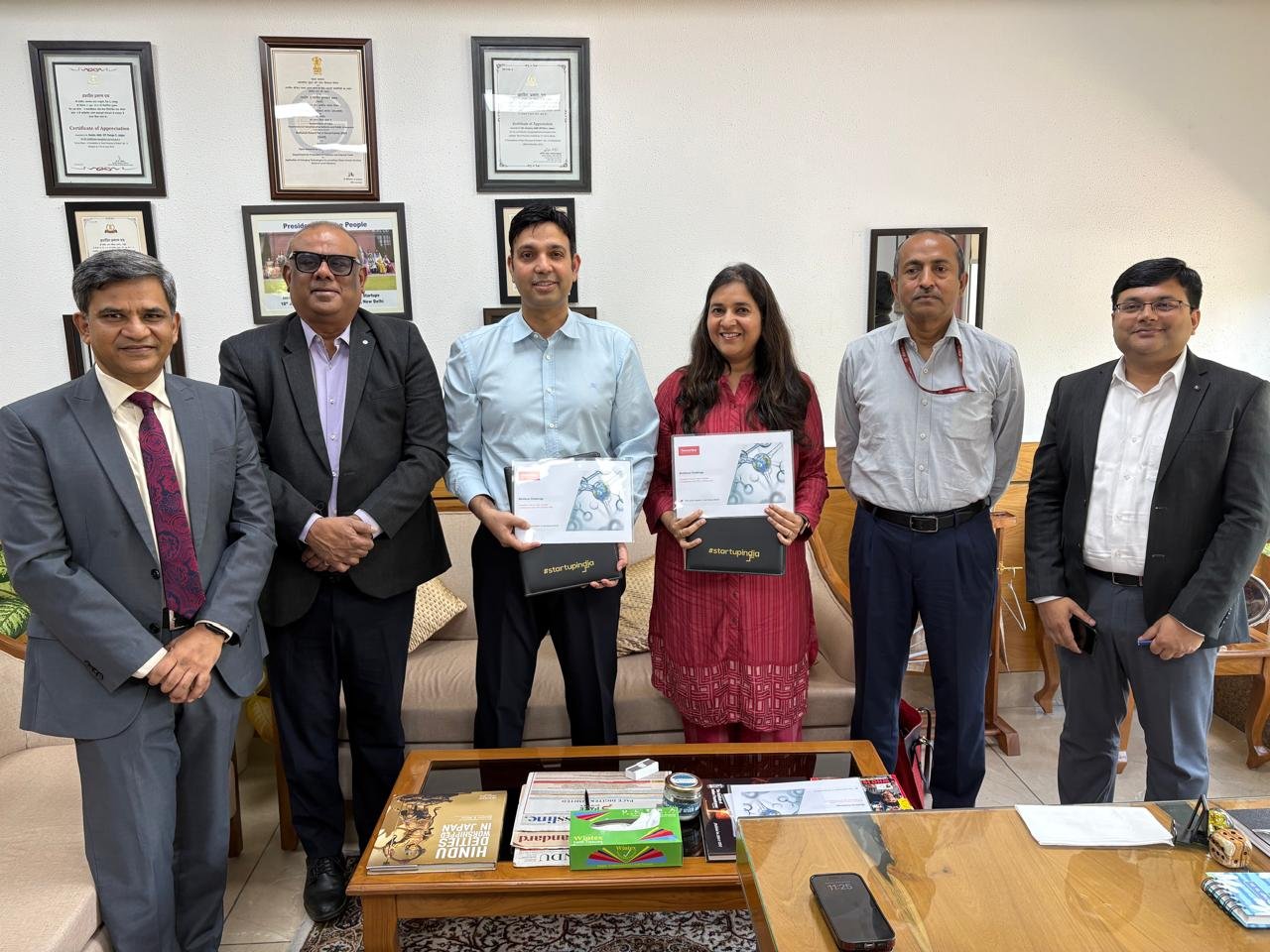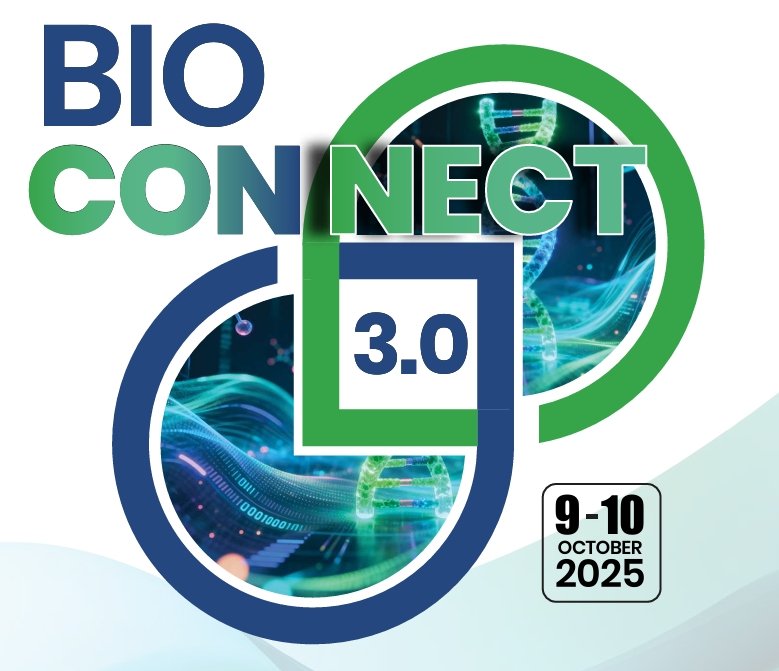Sun Pharma banks on Daiichi Sankyo to crack Japanese market
August 11, 2014 | Monday | News | By BioSpectrum Bureau
Sun Pharma banks on Daiichi Sankyo to crack Japanese market
Mr Amit Chander, partner, Baring Private Equity
(Courtesy: The Economic Times)
Sun Pharmaceutical Industries, which is in the process of acquiring control of Ranbaxy Laboratories from Daiichi Sankyo, will soon put its purchase to work through the exclusive marketing opportunity offered by two drugs in the US, rationalizing research and other costs and eventually using its association with the seller to crack the Japanese market.
The $4-billion deal, announced in April, is currently awaiting various regulatory clearances. Spokespersons at Sun Pharma and Ranbaxy declined to comment.
Japan, the world's largest drug market after the US and Europe, has proved tough for Indian players to succeed in. The penetration of generic drugs is less than 25 percent compared to more than 80 percent in the US drug market. But the Japanese government's intent to raise this share to 60 percent by 2017 has prompted analysts to dub it as the next big frontier for Indian drug makers.
"In Japan, Indian players cannot simply succeed by replicating the strategies that have paid off in the US - of launching at the lowest price, garnering high market share and playing a volumes game," said Mr Amit Chander, partner at Baring Private Equity.
"That is because Japan is an acutely brand-conscious market, where the dominant perception is that high quality and low prices do not go together," said Mr Chander, who heads the pharma and healthcare vertical at the private equity fund.
In this context, Sun Pharma's strategy of partnering Daiichi, a top local drug maker, seems to be a prudent strategy, he added.
Thus far, Indian drug makers have adopted two models to enter Japan. While most have begun by manufacturing raw materials for a Japanese partner in the hope of entering formulations later, some, like Lupin, have taken over local companies.
"For a company of Sun's size and scale, selling just raw materials in Japan wouldn't move the needle. The Daiichi platform has the potential to offer a sure-footed entry into this tricky market," Mr Chander said.
Within a year of deal closure, Sun Pharma hopes to have brought to the US market two of Ranbaxy's pending exclusive marketing opportunities - generic versions of Nexium and Valcyte. The latter earns its parents - Astra Zeneca and Roche-more than $5 billion in annual US sales.
"Also within a year of closing the deal, Sun could assess R&D project overlaps between the two companies and cut costs by scrapping duplications, keeping only best projects alive," said one of the people cited earlier. This is in addition to reining in corporate expenses and general administration expenses in overlapping markets.
"Ranbaxy's R&D expense has been to the tune of 9 percent of sales in the past, a low-hanging fruit for Sun Pharma to cut costs. If you look at the areas where R&D spend of India's top five drug makers go, you will not find significant difference, barring a few therapy preferences here and there," said Mr Chander. "Beyond access to the ANDAs (abbreviated new drug applications) filings of Ranbaxy, there would not be much to gain from the capabilities, different from what it already has in-house."
Between the first and third year of acquisition, Sun Pharma plans to focus on realigning Ranbaxy's sales division and reap benefits flowing from integrating procurement and supply chains.
During this period, it also aims to boost efficiencies in key markets, such as India and the US, to deliver $250 million of operational synergies it has promised by the third year.
Sun Pharma believes that about 60 percent of synergies would accrue in the third year and aims to improve Ranbaxy's EBITDA margins to 15-16 percent by then, up from the single-digit figure at present, another person aware of Sun's plans said.
Between the third and fifth year, Sun plans to use Ranbaxy's infrastructure in emerging markets -in many of which it is not present - to launch its own products. By the end of this period, Sun hopes to have sorted out Ranbaxy's prolonged regulatory troubles with the USFDA, the person aware of the company's plan said.


